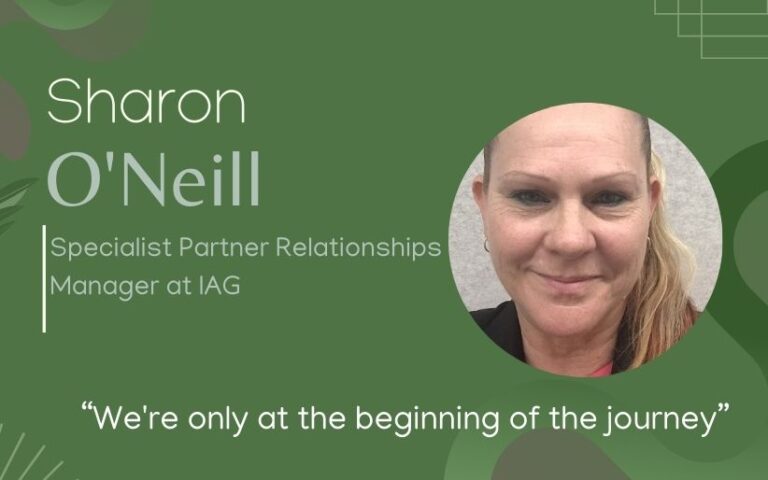IAG, one of Australia’s biggest insurers, is embarking on a journey to transition its fleet to reduce the group’s carbon footprint. “We’re only at the beginning of the journey,” said Sharon O’Neill, specialist partner relationships manager at IAG, ostensibly a fleet management role. “We have a net zero draft pipeline in place which will no doubt change as carbon neutral products, infrastructure and technology develop. Our first work group discussion is this afternoon.”
IAG has set a corporate goal to be carbon neutral by 2030. To get there it wants to have halved its carbon emissions by 2025.
Fleet comprises about 25 percent of the present emissions pie, said O’Neill in an interview with Fleet Auto News.
“It’s going to be a bit of a marathon rather than a sprint. We can’t just jump in with both feet.”
It’s not as simple as just changing all vehicles to EVs. For one you can’t get the vehicles amid current supply restraints. Even if you could, not all places of work, or employee homes, have EV charging, nor can some get it installed. Some employees live in apartments with off-street parking for example.
These are some of the challenges. Other considerations are that vehicles, especially those used for tool-of-trade, are fit-for-purpose, and safe. Safety is IAG’s top priority regarding the selection of our fleet vehicles. (Every vehicle in the fleet must be five-star ANCAP rated.)
O’Neill said the roadmap to get to carbon neutral for the fleet will include some form of incentivising employees with packaged vehicles to choose lower carbon emission vehicles. “Our salary sacrifice scheme is currently being reviewed. We want to try and promote the purchase of carbon neutral emitting vehicles where possible. The choice is going to be limited to Hybrid and EV with a firm cut off timeline for internal combustion engine (ICE) vehicles.”
IAG’s fleet comprises about 1,650 vehicles — 1,400 in Australia and 250 in New Zealand. In Australia, some 1000 vehicles are tool-of-trade, plying roads in all Australian metropolitan and regional areas. The vehicles are used by assessors, sales and customer service. The type of vehicle is suited to the job. For example, in cities and towns staff might be driving Toyota Camrys and Kia Sorrentos. In regional areas, there’ll be Toyota Hiluxes and Landcruisers, and even customised RV’s, which are moved out to a site and used as an office for major events.
The rest are part of salary packages, selected by employees under a scheme operated by IAG where it is the vehicle owner until the lease expires and the employees pay the residual finance and take ownership.
O’Neill said the New Zealand fleet is more advanced on the journey to carbon neutral than Australia. “They’ve already started their transition into hybrid and EV. They’re not purchasing full internal combustion engines at all anymore.”
“They’ve had that ability because it’s a lot easier for them. They have a green grid. They don’t have distance of travel that we have in Australia. And their taxes are quite different to what Australia’s are.”
Another point for the roadmap to get IAG to net zero by 2030 is to ensure its suppliers are also on board and hitting sustainability goals.
”We’ve got to make sure that whoever we use when we start transitioning ourselves are doing the same thing,” said O’Neill, adding she had recently met and discussed our plans with one of our key suppliers. “They also have really interesting plans on their journey to renewable energy and net zero targets.”
Elsewhere in our chat, O’Neill talked about the windfall from selling vehicles early, including staff with salary packaged vehicles, as they took advantage of high used vehicle prices.
“In my 40 years of being in the automotive industry, I have never seen the resale market as strong as it is at the moment.”
O’Neill said because IAG owns, rather than leases, its vehicles the group was able to take advantage of the strong market and short-cycle assets.
“We already had cars on the way before the shortages happened with production. We were able to turn that into a nice tidy profit by selling the cars and in some cases we were actually getting more for our cars when we were selling them than what we actually purchased them for, so it was good for the business in that regard.”
It’s an anecdote that is true to both O’Neill’s tip and take on working in fleet. “Nothing in the automotive industry ever stays the same. I love my job. The technology is continually improving, services are continually improving. You just need to keep up with the times.”






